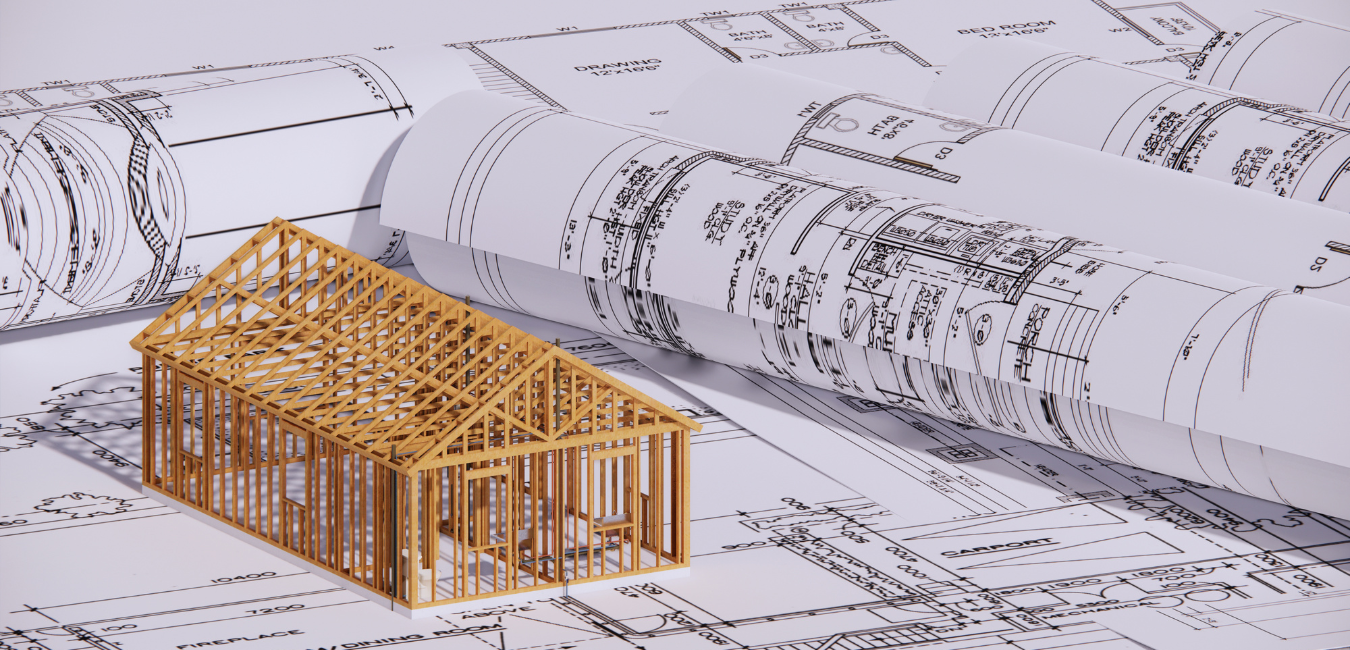How CDA Architects Incorporate Eco-Friendly Practices in Architectural Projects
How CDA Architects Incorporate Eco-Friendly Practices in Architectural Projects
Blog Article
Comprehending the Collaborative Process Between Architects and Designers in Modern Building And Construction Projects
The joint procedure between designers and designers is important in modern-day construction jobs, as it integrates design intent with engineering usefulness. Exploring these dynamics exposes understandings that can considerably affect job end results and overall industry requirements.
The Value of Cooperation
The collaborative synergy between architects and engineers is important for the effective realization of any type of building and construction job. This collaboration brings with each other unique know-how and perspectives, enabling the combination of innovative style with sensible design remedies. By functioning together, engineers and designers can guarantee that a project not only satisfies aesthetic and useful needs however likewise sticks to safety and security, sustainability, and monetary restraints.
Collaboration fosters a shared vision, promoting the positioning of objectives and assumptions from the start. This positioning is crucial in attending to prospective difficulties and mitigating dangers that can occur throughout the job lifecycle. A collective method permits for the effective allotment of sources, enhancing both time and cost.
The value of collaboration includes the iterative procedure of layout and building, where feedback from designers can inform architectural choices, resulting in even more possible and lasting designs. Conversely, engineers can inspire designers to assume creatively concerning how to accomplish architectural integrity without jeopardizing artistic intent. Inevitably, the collaborative connection in between architects and engineers is not just advantageous; it is essential to the production of premium, useful, and innovative developed environments that meet the requirements of culture.
Interaction Techniques and Tools
Efficient interaction strategies and devices are vital for cultivating collaboration between architects and engineers throughout the job lifecycle. Developing clear networks of interaction is vital to guarantee that all employee are straightened with project objectives, timelines, and obligations. Routine meetings, both in-person and online, offer chances for stakeholders to review progression, address concerns, and make informed decisions.

Furthermore, taking on collective interaction tools, such as Slack or Microsoft Teams, enables instantaneous messaging, file sharing, and ongoing conversations, advertising a more active response to emerging concerns. Document administration systems additionally play an important duty in organizing task documentation, making sure that all group members have access to the most current details.
Shared Goals and Project Vision
A merged task vision offers as the foundation for effective cooperation between architects and engineers (cda architects). This shared vision not only lines up the initiatives of both events yet also establishes a common framework for decision-making throughout the task's lifecycle. By expressing clear objectives, stakeholders can effectively navigate the complexities of modern construction projects, guaranteeing that both aesthetic and functional requirements are satisfied
Developing shared goals involves open dialogue and an extensive understanding of each self-control's contributions. Architects usually concentrate on design intent, spatial relationships, and user experience, while engineers emphasize structural honesty, systems capability, and conformity with regulations. When these point of views are lined up, the result is a cohesive task that abides by both innovative goals and technical feasibility.
Moreover, a distinct job vision fosters accountability amongst team members, urging each participant to take ownership of their role in achieving the wanted result. Regular check-ins and joint workshops can additionally reinforce this dedication, permitting adjustments to be made as the task develops. Inevitably, a shared vision not only enhances synergy but also raises the top article quality of the last deliverable, bring about successful job conclusion.
The Role of Technology
Leveraging modern technology has actually become vital in improving cooperation in between engineers and designers. Structure Details Modeling (BIM) stands out as a crucial technology, allowing both architects and engineers to create comprehensive 3D models that encapsulate design intent and structural stability.
Moreover, cloud-based systems make it possible for seamless collaboration, permitting job stakeholders to gain access to and update task data from anywhere. This cultivates a society of transparency and liability, as modifications can be tracked and evaluated in real-time. In addition, mobile applications additional enhance interaction, offering on-site groups with instant accessibility to job specifications and updates.
Emerging innovations such as expert system and device learning are likewise beginning to contribute in predictive analysis, aiding teams recognize possible problems before they develop. Ultimately, the role of modern technology in architecture-engineering cooperation not only improves process efficiencies yet also improves innovation, causing even more successful job end results. By embracing these technological innovations, architects and engineers can make sure a more natural and effective collaborative process throughout the building and construction lifecycle.
Case Research Studies in Effective Collaborations
Countless case research studies show the extensive impact of efficient collaborations in between engineers and designers on project outcomes. One noteworthy example is the partnership on the High Line in New York City, where landscape designers, designers, and metropolitan coordinators interacted to transform an abandoned rail line into a vibrant public park. This multidisciplinary method not only enhanced the aesthetic quality but also ensured architectural safety and environmental sustainability.

The Burj Khalifa in Dubai additionally shows the value of joint efforts - cda architects. The combination of style and design expertise enabled the task group to accomplish unmatched elevations while sticking to safety and security laws and visual pop over here vision
These examples highlight the importance of communication, trust fund, and shared goals. In today's complicated building atmosphere, such partnerships are vital to navigating challenges and delivering jobs that meet both functional and visionary objectives.
Conclusion
In final thought, the cooperation between designers and designers is vital for the success of modern-day building and construction jobs. Efficient interaction strategies, a shared job vision, and the assimilation of innovative technologies are essential components that facilitate this partnership. By fostering a culture of liability and leveraging tools such as Structure Information Modeling (BIM), teams can browse task complexities, guaranteeing that visual, functional, and sustainability goals are attained. Inevitably, this harmony causes innovative and effective task results.
Report this page